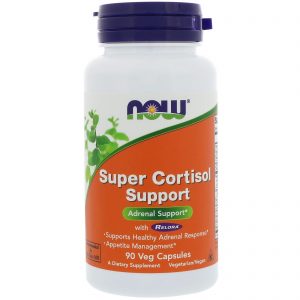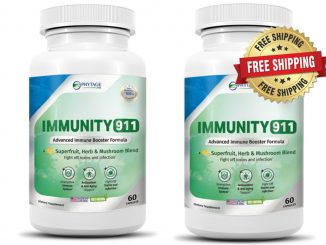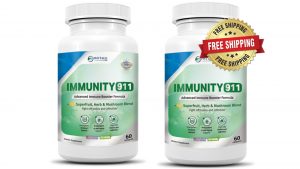The properties of Lingzhi Mushroom
The lingzhi mushroom is a polypore fungus (“bracket fungus”) belonging to the genus Ganoderma. In many countries, it is called the Reishi mushroom.
Ganoderma lucidum contains diverse phytochemicals, including triterpenes (ganoderic acids), which have a molecular structure similar to that of steroid hormones. It also contains phytochemicals found in fungal materials, including polysaccharides (such as beta-glucan), coumarin, mannitol, and alkaloids. Sterols isolated from the mushroom include ganoderol, ganoderenic acid, ganoderiol, ganodermanontriol, lucidadiol, and ganodermadiol. Broad spectrum of its pharmacological actions have been established which include immunomodulation, anticancer, antidiabetic, antioxidant, antiatherosclerotic, antifibrotic, chemopreventive, antitumor, anticancer drug toxicity prevention, analgesic, anti inflammatory, antinociceptive, antimicrobial, hypolipidemic, hepatoprotective, antiandrogenic, antiangiogenic, antiherpetic, antiarthritic, antiosteoporotic, antiaging, antiulcer properties and estrogenic activity.
Lingzhi mushroom is used in traditional Chinese medicine.
Because of its bitter taste, lingzhi is traditionally prepared as a hot water extract product. Thinly sliced or pulverized lingzhi (either fresh or dried) is added to boiling water which is then reduced to a simmer, covered, and left for 2 hours. The resulting liquid is dark and fairly bitter in taste. The red lingzhi is often more bitter than the black. The process is sometimes repeated to increase the concentration. Alternatively, it can be used as an ingredient in a formula decoction, or used to make an extract (in liquid, capsule, or powder form).





























































